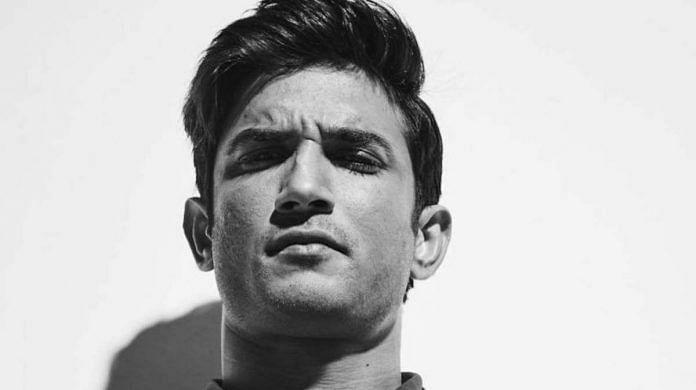You ask why India has been obsessed with the death of actor Sushant Singh Rajput. But I ask, why wouldn’t a corona-fatigued, locked-up nation that is already obsessed with Bollywood and its scandals, be obsessed with the mysterious death of a young actor who seemed to have it all?
The death of a young celebrity is saleable news everywhere! And this one came with free gifts, bonuses, discounts, free delivery and what not. No wonder the media picked up the story and ran with it faster than Jamaican sprinter Usain Bolt on steroids.
Rajput’s death was accompanied with claims that he was bullied and mentally tortured by the ‘Bollywood mafia’ — all because he was not like them. However, this made him rather like someone common people could not help but admire.
A legend we all love
A middle class boy from Bihar’s Patna, whose mother died when he was young, Rajput ranked seventh in the All India Engineering Entrance Examination (AIEEE). He then dropped out of Delhi College of Engineering to follow his passion, made it so big on TV that he became a household name, and went on to become a big Bollywood hero, starring in multiple memorable movies.
His life hit so many right chords, you may as well stop counting now. People root for him because Rajput’s story sounds like an ancient legend but with an anticlimax.
A hero — born with extraordinary talents — realises his calling, overcomes obstacles and fights with the ‘undeserving’ privileged lot to fulfil his destiny. We all know and love this story.
But the part we cannot live with is when the hero is vanquished and the villain is vindicated. Suddenly, he’s not just a hero anymore, he’s a martyr. People are now ready to wreak vengeance on whoever stands in the way of him getting ‘justice’.
Reinforcing stereotypes to push one’s agenda
The theory that Disha Salian, Sushant’s former manager, did not die by suicide but was raped and murdered by powerful people emerged from a Facebook post. Here, the writer of the post slipped in a disclaimer saying, the contents of the post may be ‘fictional or factual’.
This luminary was then invited to one of the news channels, “with the highest TRP”, and was given the stage to peddle his concoction to the nation. The narrative that rich, powerful people commit heinous crimes and the police tries to cover their tracks is one that people are too willing to believe in.
Unsuspecting consumers of TV news still think it’s bona fide, and is verified news if it’s on the television. But this is bad news for the nation. Pun intended.
The Rajput family’s FIR against actor Rhea Chakraborty advanced certain news channels’ agenda of portraying her as the evil woman who not only drove a man to his grave but also gave him the final push.
It’s laughable that one of the most feared agencies in India, the Enforcement Directorate, couldn’t trace the “missing” Rs 15 crore from Rajput’s bank account. The much-awaited CBI investigation also found nothing.
As if desperate to make at least one arrest to keep the audience hooked, the Narcotics Control Bureau chimed in and arrested Rhea and her brother for being part of a “drug syndicate”.
Who is to blame?
Two reasons can explain why the media behaved the way it did in this case. One, they wanted to distract people from the growing mountain of issues plaguing the nation and the fact that the government appears utterly incapable of tackling any of them.
Two, they genuinely thought something was not right in how Rajput’s case was being investigated and decided to intervene.
Social media is to be blamed too, especially for the propagation of conspiracy theories and also for creating mass uproar. That’s what attracted traditional media to the case. People on social media, especially those who have influence over other people, must fact-check before posting anything.
People, in general, let sentiments get the better of them. I wish they would’ve mustered up a little objectivity and verified what they were seeing on the news .
The investigative agencies, too, could’ve played a role in assuaging some of the baseless charges made against Chakraborty but they chose to turn a blind eye to them.
Whenever a case creates this much of a ruckus on traditional media, it can be safely assumed that some or many powerful people are pushing their agendas through it.
The last few pieces of this puzzle are still waiting to fall into place, and when they do, even the most unsuspecting of people among us will not fail to see the complete picture.
I’m afraid, it’ll make most of our heads hang in shame. But we’ll soon get over it and post tweets like how “we use only 10% of our brain during our entire lifetime”. But this is not actually true, I checked.
Sulagna Chakraborty is a student of School of Communication and Reputation, Mumbai






